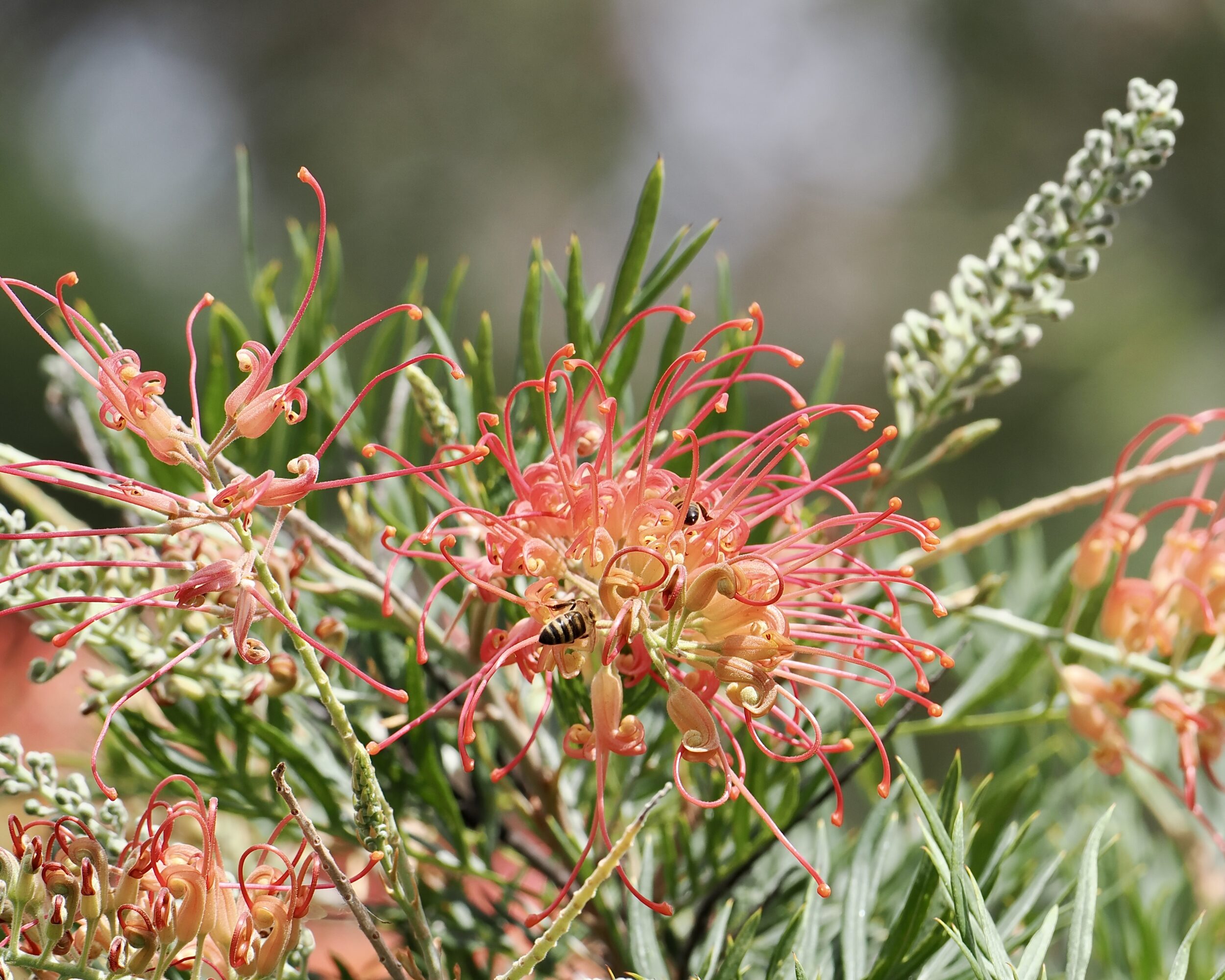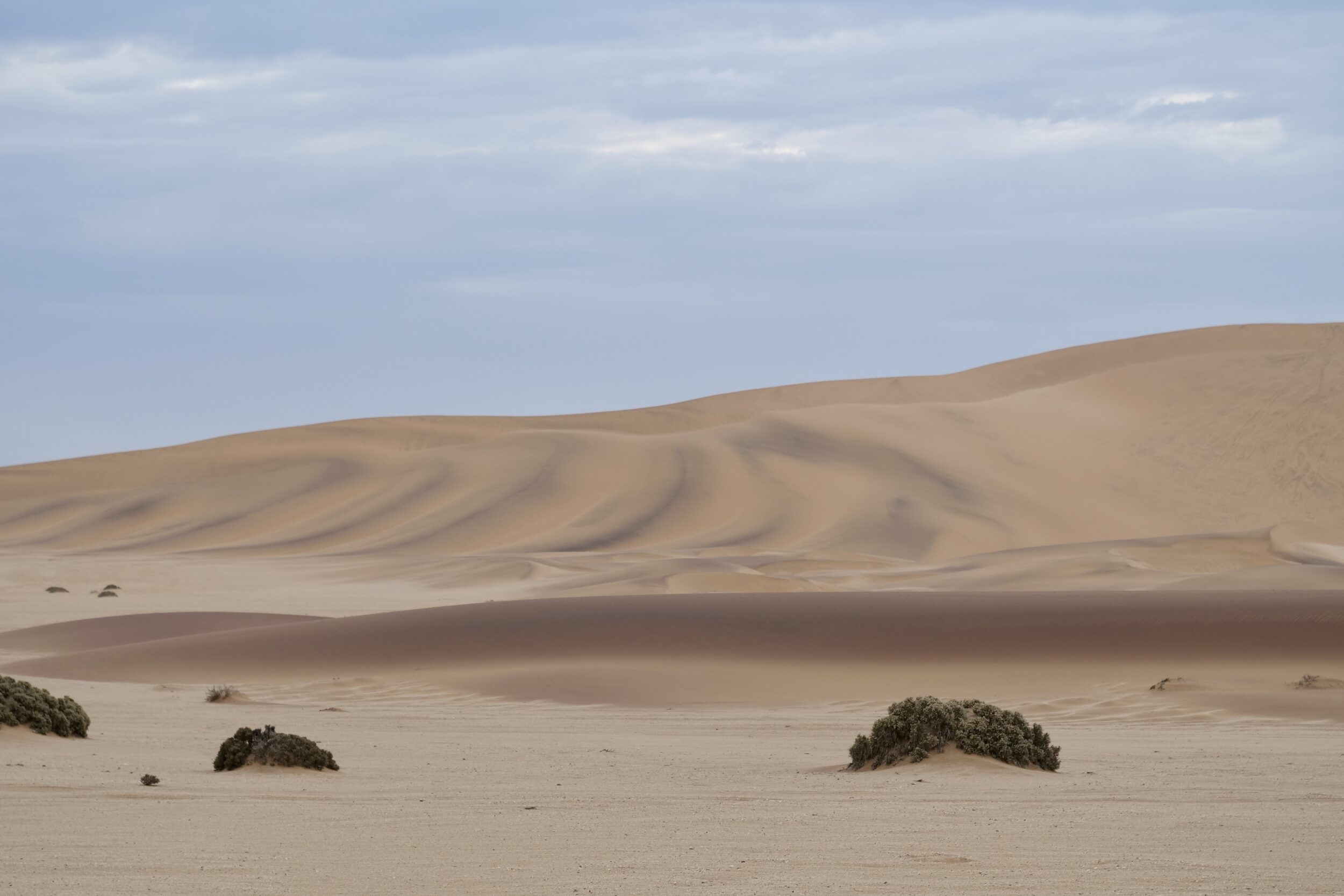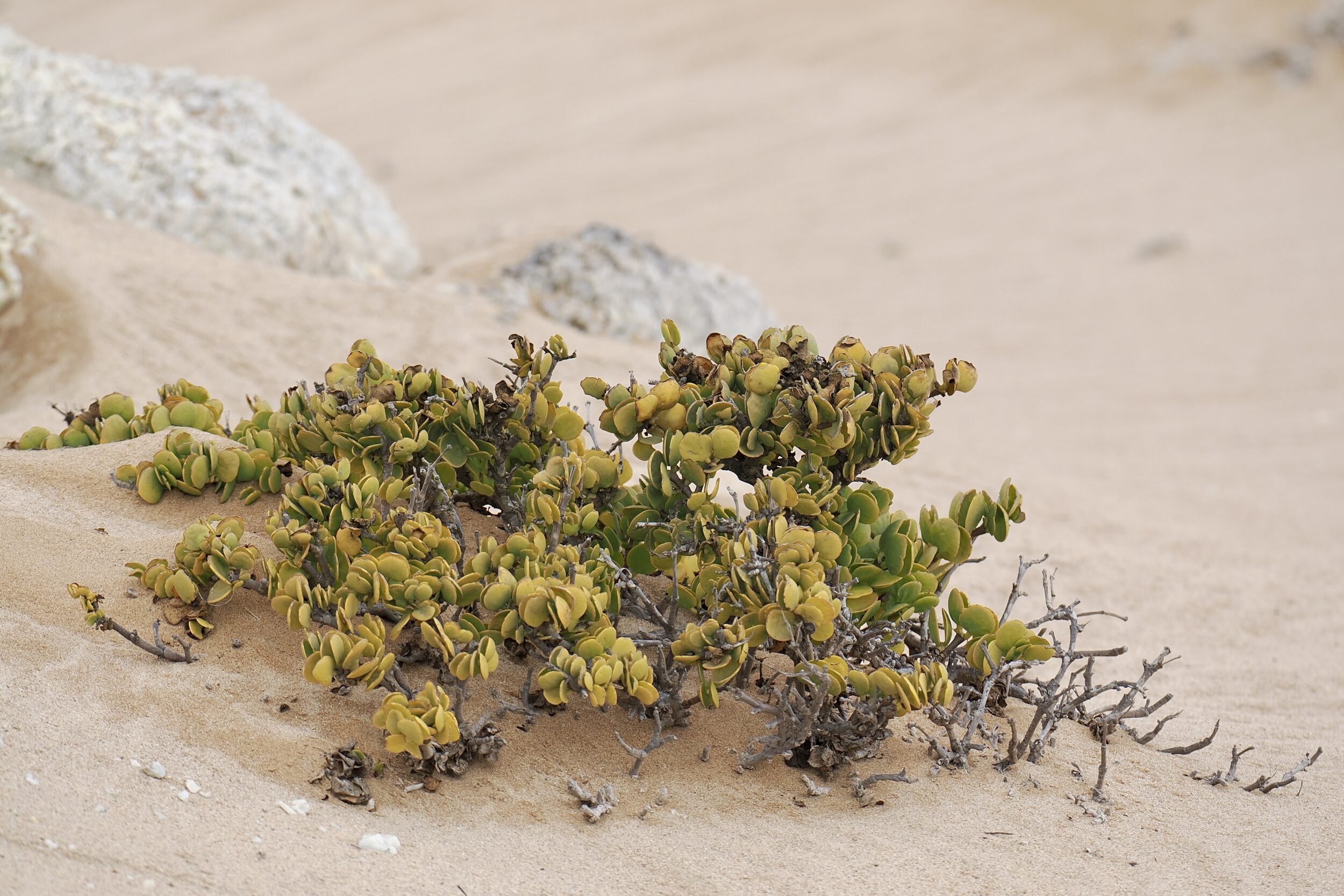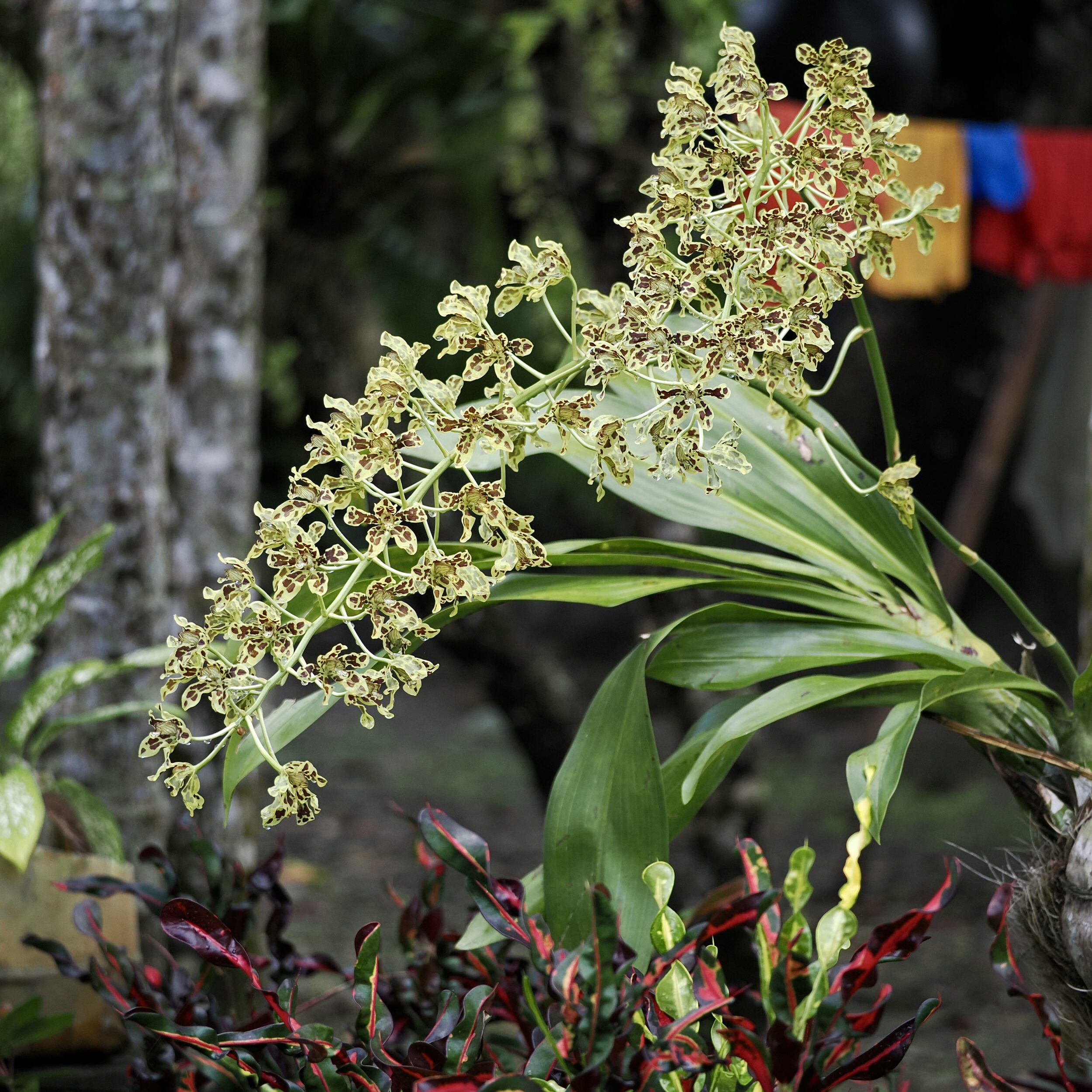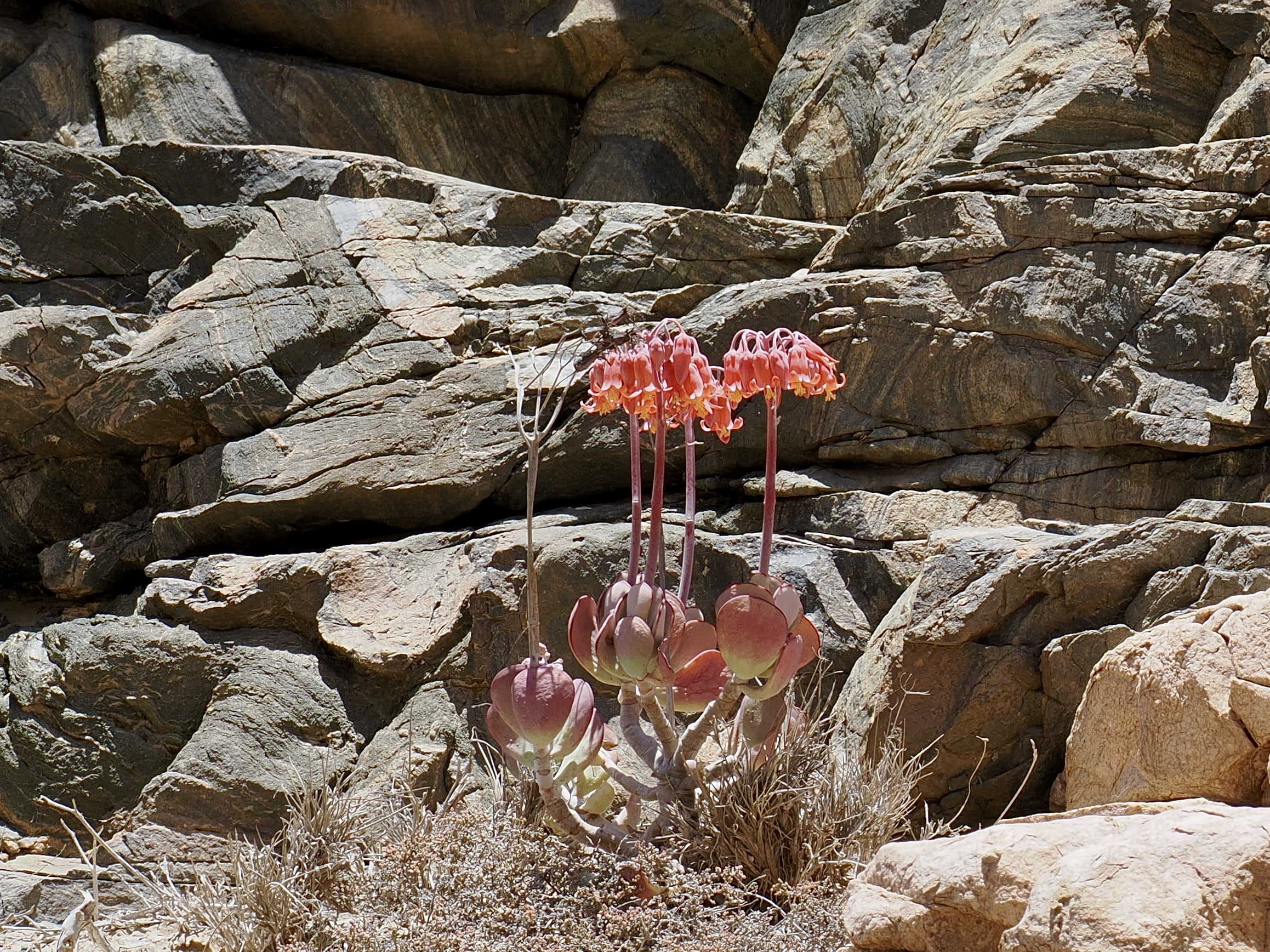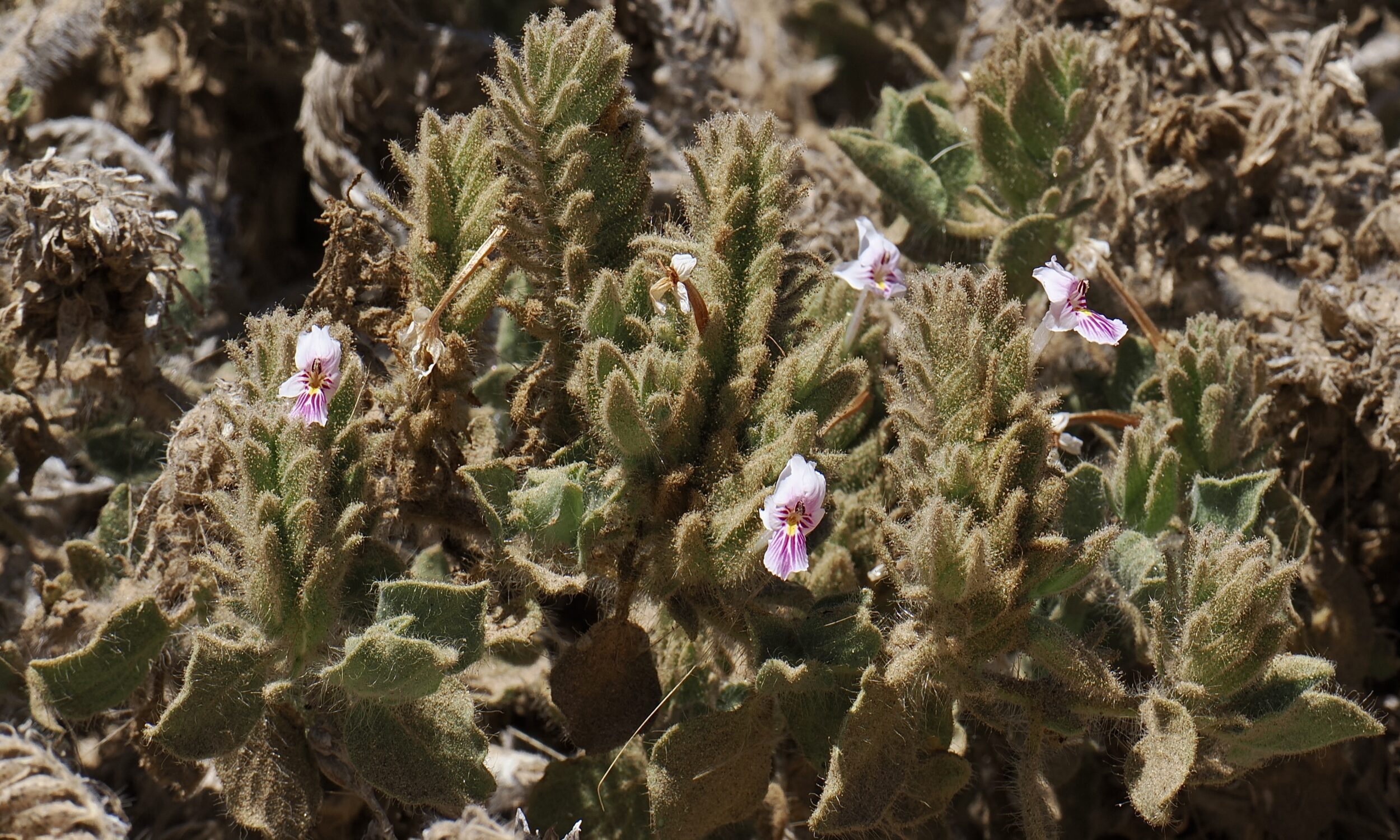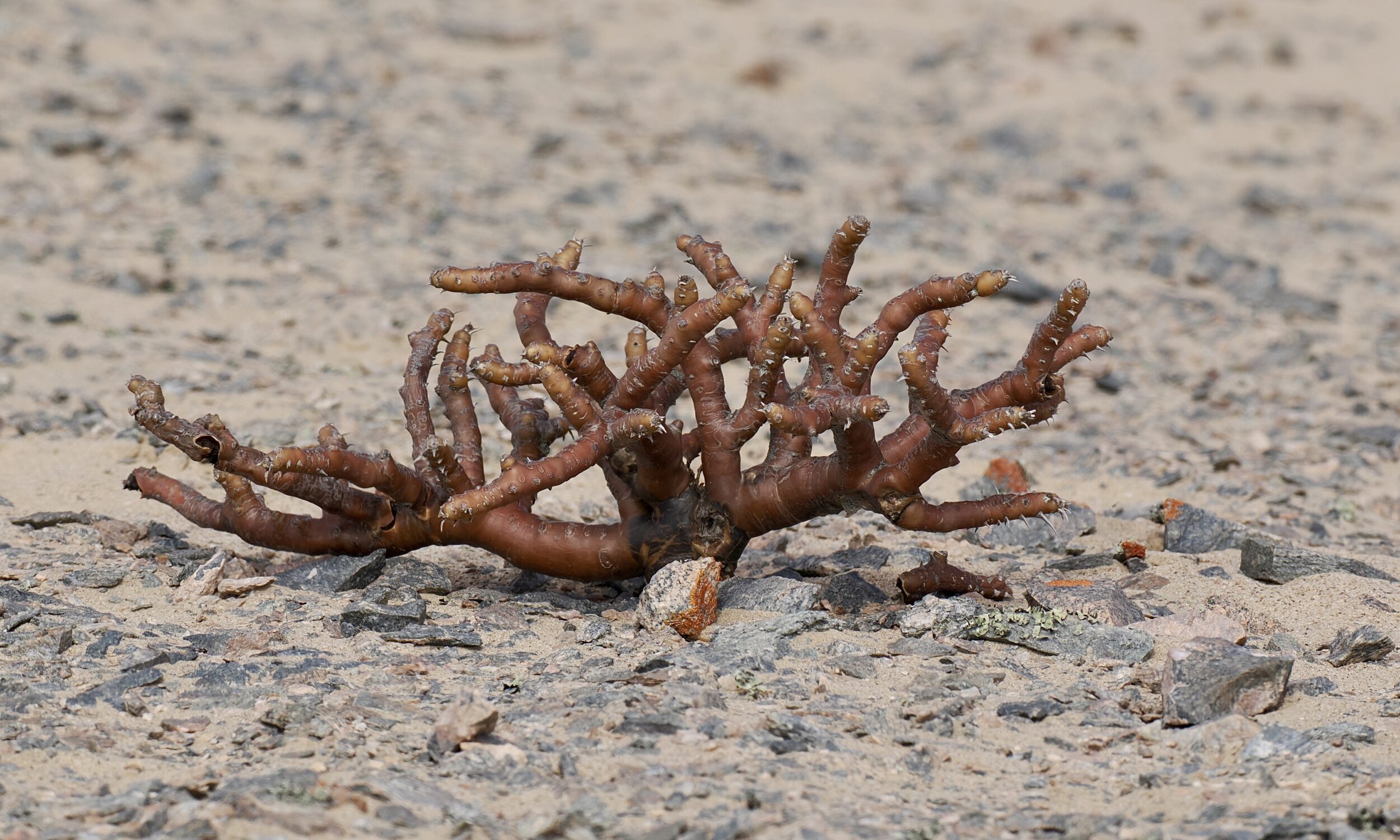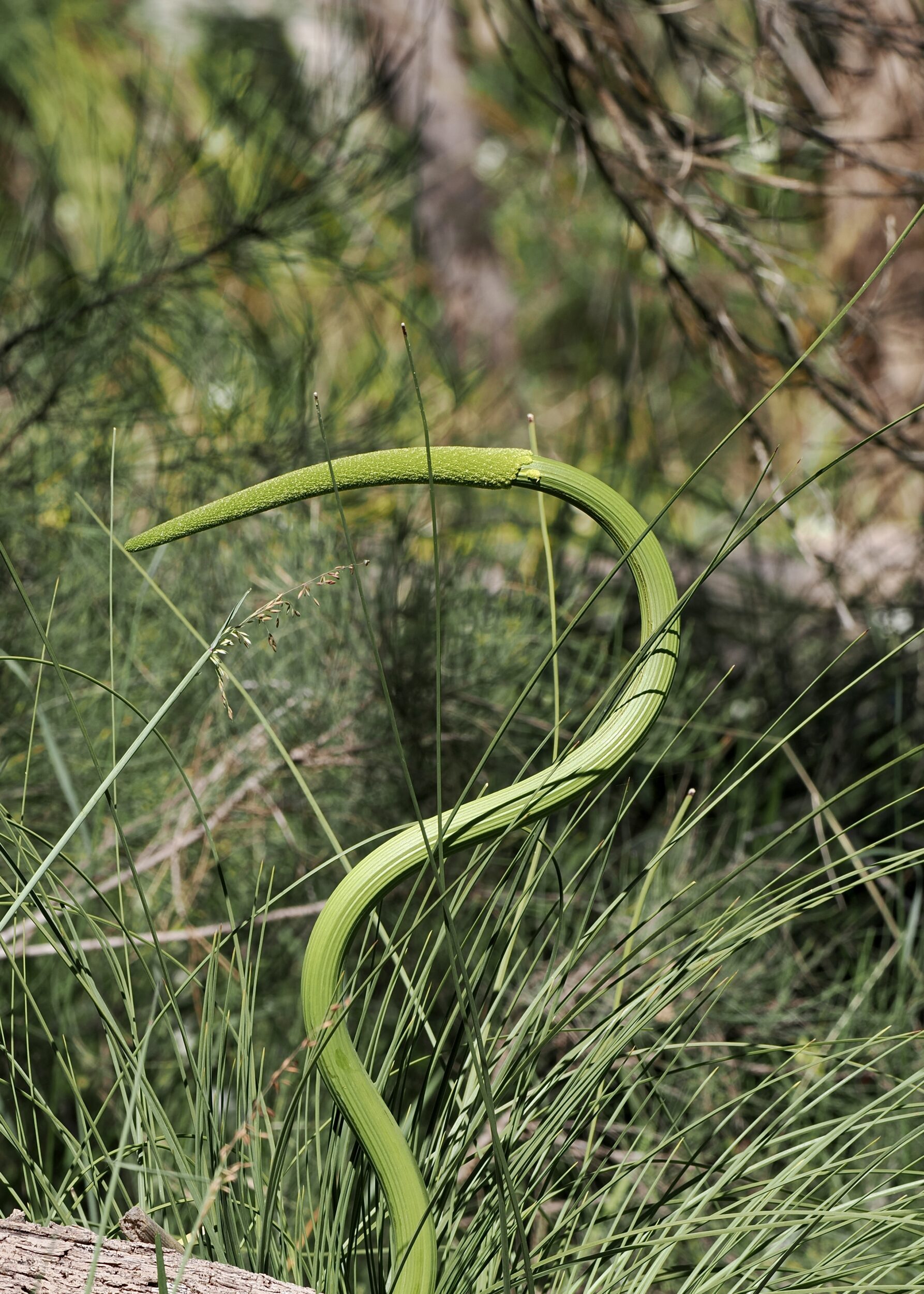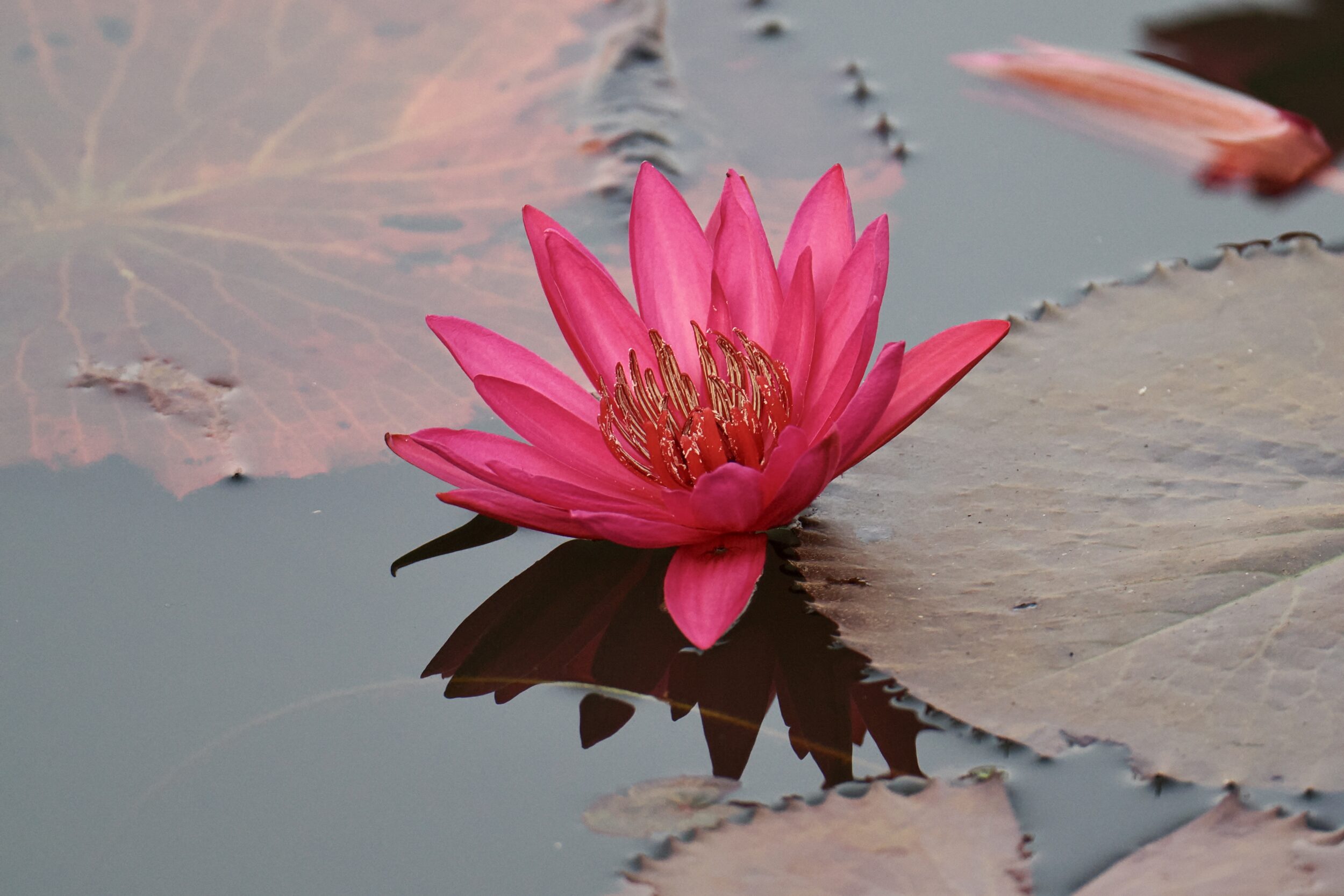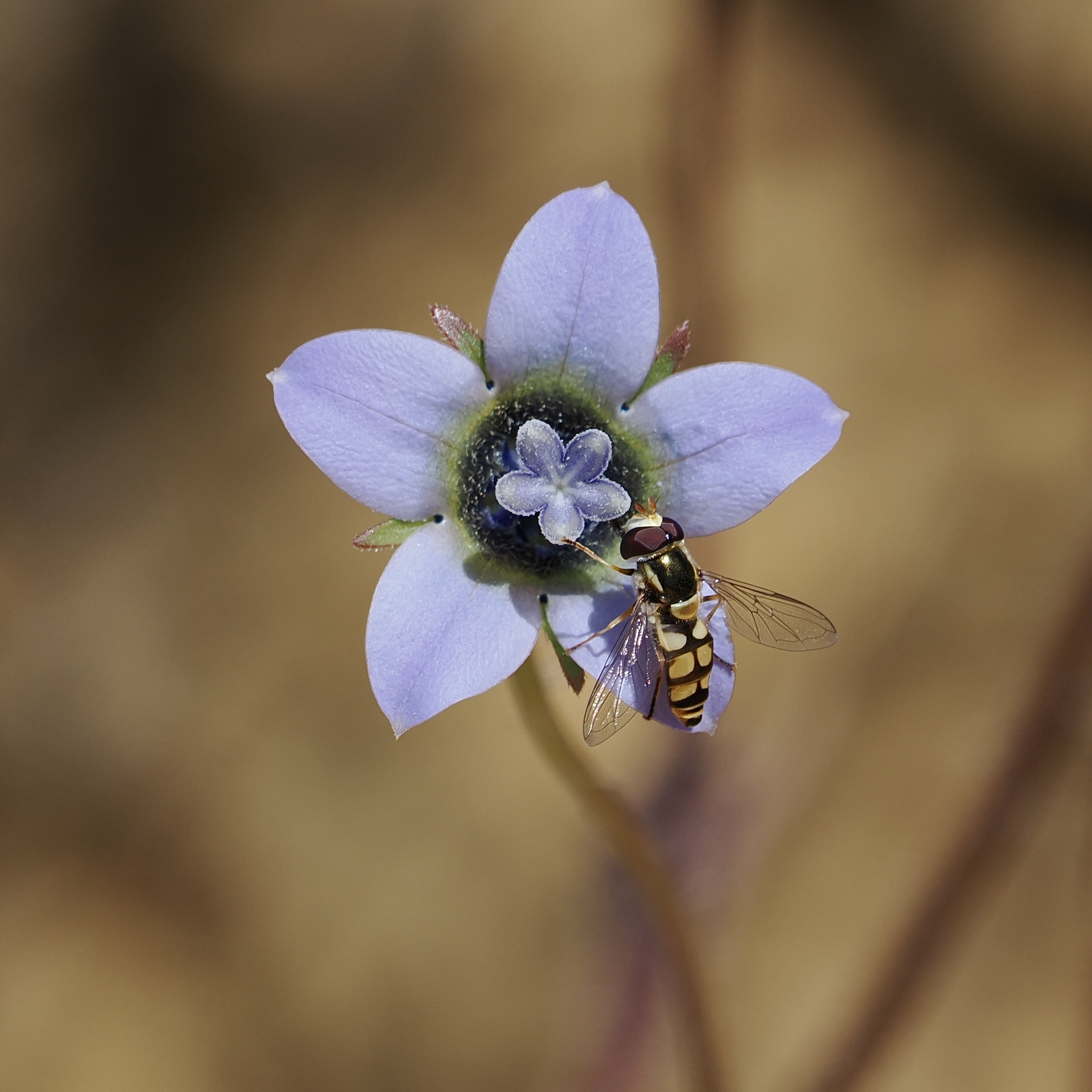The annual “spring flowering” in Australia’s southwestern “corner” is one of the world’s most spectacular natural phenomena.
It is right “up there” with any of the “great migrations” by mammals, birds or insects.
In its diversity of species (many, endemic) and its sheer beauty, Southwest WA’s “flower season” is peerless, I think.
However, far from all species of southwest WA flora opt to bloom in spring.
At any time of year in southwest WA considerably more than a handful of species are in flower; many occur naturally only in WA.
Leave a Comment